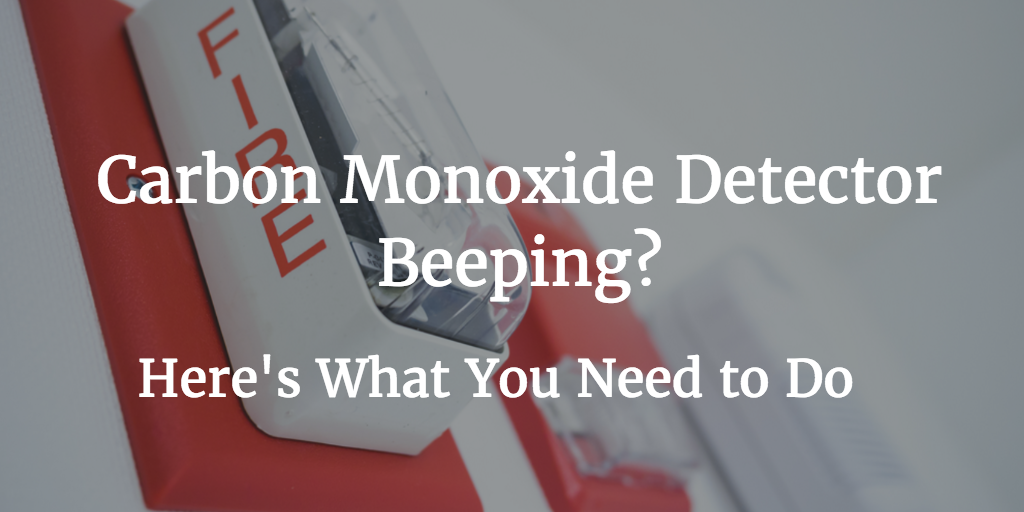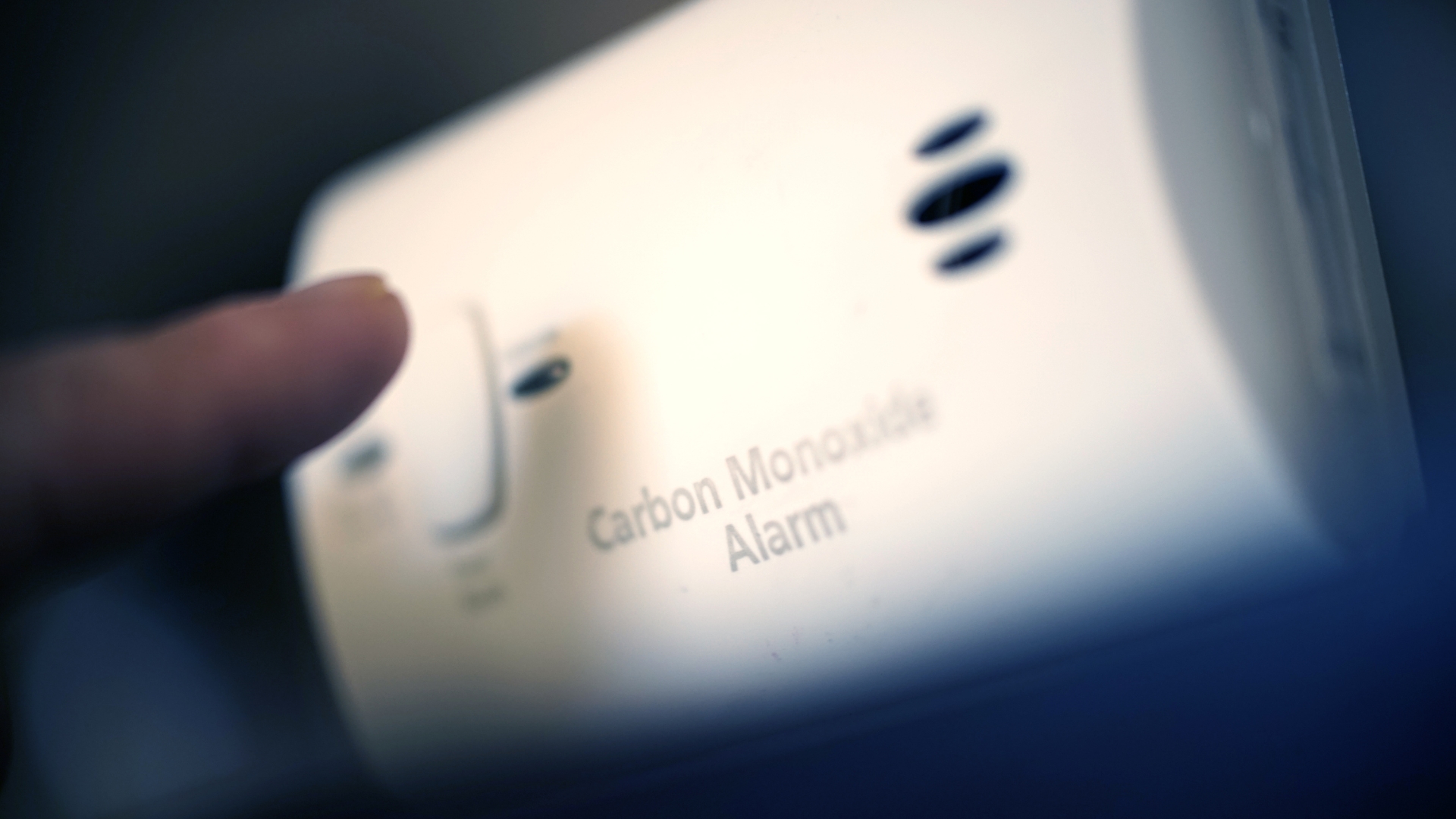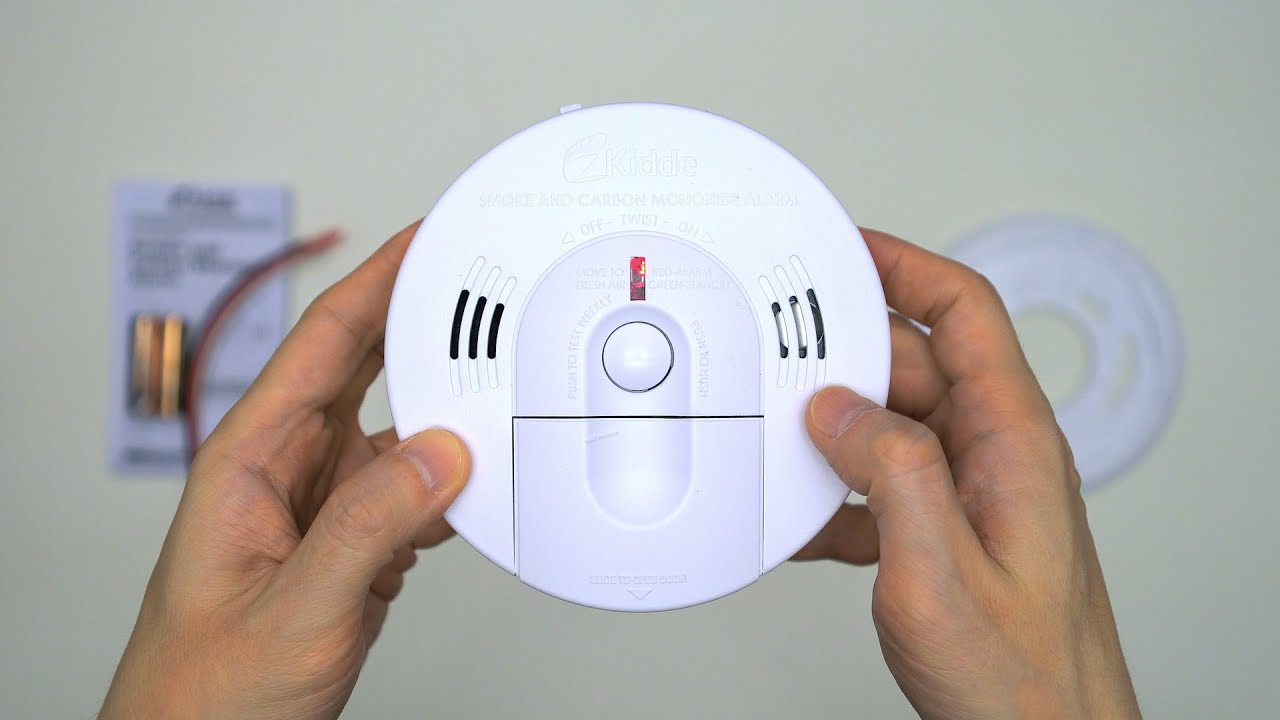What To Do If Carbon Monoxide Detector Is Beeping

A beeping carbon monoxide (CO) detector is a serious warning that demands immediate attention. CO is an invisible, odorless, and tasteless gas that can be deadly. This guide will walk you through the steps you should take if your CO detector is beeping, helping you protect yourself and your family.
Understanding the Beep: Emergency vs. Maintenance
First, it's crucial to differentiate between an alarm indicating the presence of CO and a maintenance beep. A CO alarm indicating a dangerous level of CO will typically sound with a pattern of four beeps followed by a pause, then repeated. This is an emergency signal. A single chirp or beep, usually occurring intermittently (e.g., once every minute), often indicates a low battery, end-of-life, or a malfunction. This is generally a maintenance signal, but still requires attention.
Recognizing the Emergency Alarm Pattern
The standard CO alarm pattern is universally recognized. However, it's always best to consult the manufacturer's instructions for your specific detector model. Different models may have slight variations in their alarm patterns. Familiarize yourself with your detector’s sound so you can quickly react in an emergency.
Differentiating from Other Alarms
It is important to differentiate a CO alarm from a smoke detector alarm. Smoke detectors usually have a more high-pitched, rapid beeping pattern. Carefully listen to the alarm's sound and compare it to the descriptions in your detector's manual. Knowing the difference can save precious time in an emergency.
If Your CO Detector Sounds Its Emergency Alarm
If your CO detector is sounding its emergency alarm (four beeps followed by a pause), follow these steps immediately:
- Evacuate Everyone: Get everyone out of the house, apartment, or building immediately. Do not waste time opening windows or investigating the source. Your priority is getting to fresh air.
- Stay Outside: Remain outside until emergency responders (fire department or qualified professionals) have determined that it is safe to re-enter.
- Call Emergency Services: Call 911 or your local fire department from a safe location outside the building. Explain that your CO detector is sounding and that you have evacuated.
- Do Not Re-enter: Do not re-enter the building for any reason until authorized by emergency personnel. CO is a silent killer, and even a brief exposure can be dangerous.
- Ventilation (If Safe and Instructed): If emergency responders instruct you to ventilate the building after they have determined it's safe, open all windows and doors to allow fresh air to circulate.
- Seek Medical Attention: Anyone experiencing symptoms of CO poisoning should seek immediate medical attention.
Symptoms of Carbon Monoxide Poisoning
CO poisoning symptoms can mimic the flu. They can include:
- Headache
- Dizziness
- Weakness
- Nausea
- Vomiting
- Chest pain
- Confusion
- Blurred vision
- Loss of consciousness
If you experience any of these symptoms, seek medical attention immediately, even if the CO alarm has stopped sounding.
Identifying and Eliminating the Source of CO
Once the emergency responders have given the all-clear and determined it's safe to re-enter, they will likely help you identify the source of the CO leak. Common sources include:
- Furnaces: Malfunctioning furnaces are a primary source of CO leaks. A cracked heat exchanger can release CO into your home.
- Water Heaters: Gas-powered water heaters can also produce CO if they are not properly ventilated or maintained.
- Fireplaces: Wood-burning fireplaces can release CO if the chimney is blocked or the damper is closed.
- Gas Stoves and Ovens: While less common, gas stoves and ovens can produce CO if they are not properly ventilated. Never use a gas stove or oven to heat your home.
- Generators: Portable generators produce high levels of CO. Never operate a generator inside a home, garage, or shed. Always operate it outdoors, far away from windows, doors, and vents.
- Vehicles: Running a car or truck in a closed garage can quickly lead to dangerous levels of CO. Never run a vehicle in a closed garage, even for a short period.
- Blocked Chimneys or Flues: Any blockage in a chimney or flue can prevent CO from venting properly.
It is crucial to have a qualified technician inspect and repair any suspected CO source before using it again.
Professional Inspection and Repair
Contact a qualified HVAC technician or appliance repair professional to inspect and repair any appliances that could be the source of CO. Do not attempt to repair gas appliances yourself unless you are a qualified professional. This is essential for ensuring the safety of your home.
If Your CO Detector Is Beeping Intermittently (Maintenance Beep)
If your CO detector is beeping intermittently (usually a single chirp), it usually indicates a maintenance issue. Here's what to do:
- Check the Batteries: This is the most common cause of intermittent beeping. Replace the batteries with fresh, high-quality batteries of the correct type.
- Clean the Detector: Dust and debris can interfere with the detector's sensors. Gently vacuum the detector's exterior with a soft brush attachment.
- Check the Expiration Date: CO detectors have a limited lifespan, typically 5-10 years. Check the expiration date on the detector. If it's expired, replace the entire unit.
- Test the Detector: After replacing the batteries or cleaning the detector, press the "test" button to ensure it is functioning correctly.
- Consult the Manual: Refer to the manufacturer's manual for specific troubleshooting steps for your detector model.
- Replace the Detector: If the beeping persists after trying the above steps, or if the detector is near the end of its lifespan, replace it with a new one.
Why Replace Expired CO Detectors?
CO detectors use sensors that degrade over time. Even if the detector appears to be working, its ability to accurately detect CO may diminish as it ages. Replacing expired detectors is crucial for ensuring your safety.
CO Detector Placement and Maintenance
Proper placement and regular maintenance are essential for ensuring that your CO detectors function correctly and provide adequate protection.
Placement Recommendations
- Install CO detectors on every level of your home, including the basement.
- Place detectors outside of sleeping areas so you will hear them when you are asleep.
- Follow the manufacturer's instructions for specific placement recommendations. Some detectors should be mounted on the wall, while others can be placed on a table or shelf.
- Avoid placing detectors near windows, doors, or vents, as drafts can interfere with their accuracy.
- Do not place detectors in dusty or humid areas, such as bathrooms or laundry rooms.
Regular Maintenance
- Test your CO detectors monthly by pressing the "test" button.
- Replace the batteries at least once a year, or when the detector indicates a low battery.
- Clean your CO detectors regularly by vacuuming them with a soft brush attachment.
- Replace CO detectors every 5-10 years, or according to the manufacturer's recommendations.
Preventing Carbon Monoxide Poisoning
Preventing CO poisoning is just as important as having working CO detectors. Here are some steps you can take to reduce your risk:
- Have your fuel-burning appliances inspected annually by a qualified technician. This includes furnaces, water heaters, fireplaces, and gas stoves.
- Ensure that all fuel-burning appliances are properly ventilated. Check that chimneys and flues are clear of obstructions.
- Never use a gas stove or oven to heat your home.
- Never run a generator inside a home, garage, or shed. Always operate it outdoors, far away from windows, doors, and vents.
- Never run a vehicle in a closed garage, even for a short period.
- Install and maintain CO detectors in your home.
Taking these precautions can significantly reduce your risk of CO poisoning and help protect your family.
Conclusion
A beeping carbon monoxide detector, whether signaling an emergency or a maintenance issue, demands your immediate attention. Understanding the different alarm patterns and taking appropriate action can save lives. By following the steps outlined in this guide, you can ensure the safety of yourself and your loved ones. Remember, prevention, vigilance, and prompt action are the keys to protecting yourself from the dangers of carbon monoxide. If in doubt, always err on the side of caution and call for professional help.










